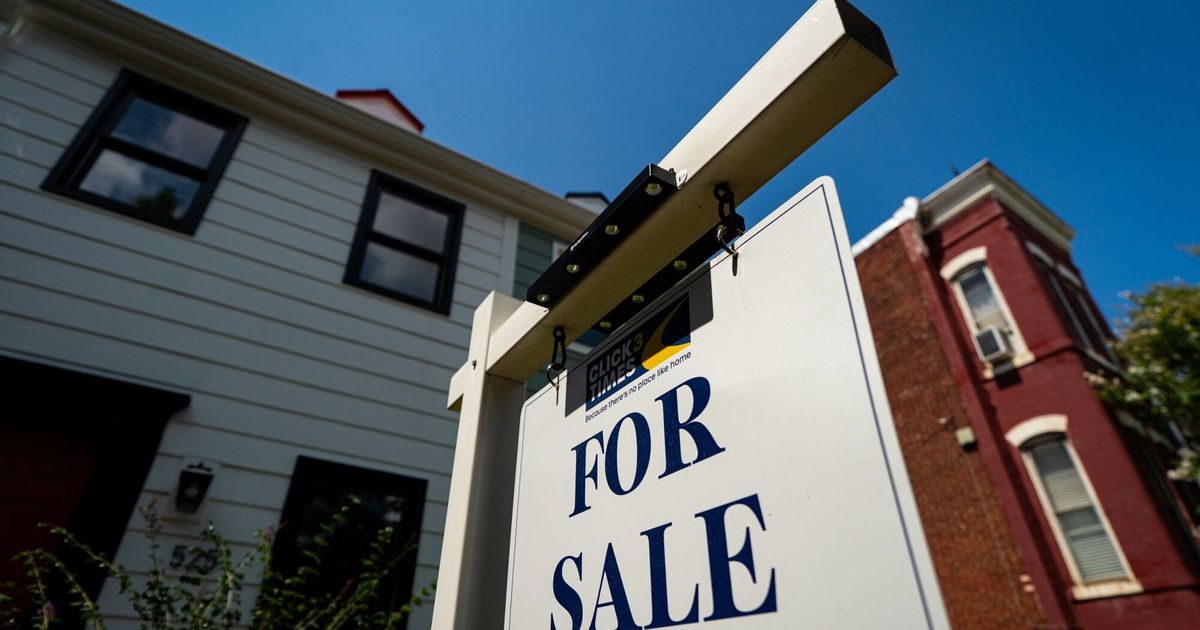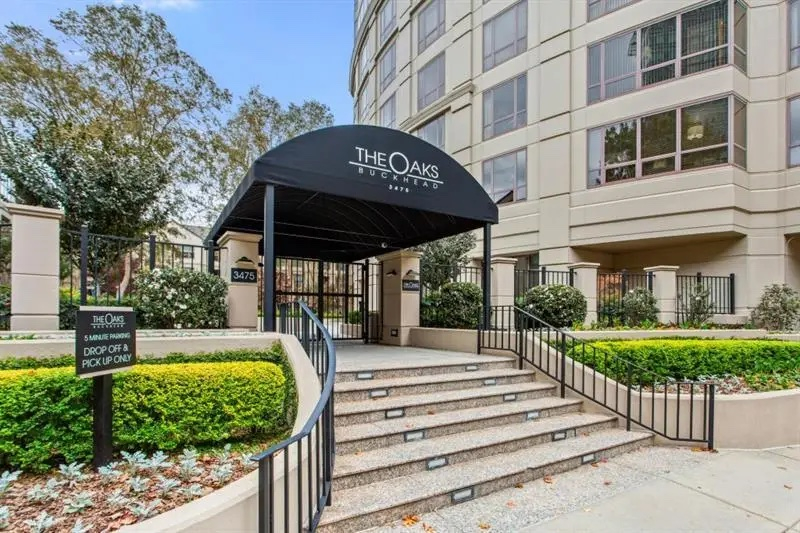Large commercial and residential buildings in Seattle will need to phase out the use of fossil fuels and other greenhouse gas emissions over the next three decades under a new city law passed this week.
The law, which Seattle City Council members voted unanimously to approve, applies to about 4,100 buildings that are 20,000 square feet or larger, including skyscrapers, retail stores, research facilities, community centers, offices and some low-rise apartment buildings.
Building owners and managers must form a plan to decarbonize before 2031 when reductions will be required for some buildings and the city could start to issue fines for inaccurate reporting or not meeting targets. Reductions would be phased in through five-year cycles starting in 2031 until 2045 and 2050 when nonresidential buildings and apartments, respectively, are scheduled to achieve emission targets.
In the Emerald City, buildings that are larger than 20,000 square feet only account for 3% of all buildings in the city but produce over one-third of total building emissions, according to a city report. After transportation, buildings make up the next largest portion of the city’s greenhouse gas emissions, at 37%.
Around 600 of the 4,100 buildings are on government property, university and hospital campuses, and the rest are nearly evenly divided between apartments and other buildings.
Buildings produce greenhouse gases through heating powered by natural gas and oil furnaces and gas stoves. Other buildings, including some on the University of Washington campus and around 200 downtown, are heated through steam systems, which is generated from a central location usually by burning natural gas.
Under the new regulation, signed into law Wednesday by Mayor Bruce Harrell, buildings are given a “greenhouse gas intensity” metric, which is calculated by taking the total emissions of a building — accounting for different fuel types — and then dividing by the building’s total square feet excluding parking.
There are several extensions and flexibilities for certain types of buildings and uses. Within each cycle, larger buildings would be required to comply before smaller buildings; affordable housing and human services buildings will not have to meet targets until the 2036 cycle.
Buildings may also be granted emissions deductions or extensions due to high vacancy rates or financial distress. For example, buildings may claim deductions for cooking equipment until 2041 since induction cooking upgrades are not widely available and affordable at scale, according to the report. Hospitals and labs will also be able to deduct emissions from emergency backup generators through 2050.
“We heard very clearly from building owners that they will need time to ramp up, so we made sure the policy has a long runway,” said Jessyn Farrell of the Seattle Office of Sustainability and Environment. “At the same time, the policy relies on sending a long-range market signal at this critical juncture to provide owners with clear direction.”
The city has already launched a program to help building owners and managers — specifically nonprofits and affordable housing providers — transition. Federal funding and around $4.5 million from the 2024 city budget will go directly toward funding engineering studies and building updates for these owners.
Nearly half of apartment buildings and a fourth of the other buildings covered under the law are already all-electric and will not require upgrades. Buildings used for industrial and manufacturing purposes are exempt from the new regulations.
The legislation had support from organizations like Climate Solutions, Shift Zero, 350 Seattle and the Sierra Club, which called the law “one of the most ambitious in the nation.” New York City, Boston and Washington D.C. have also passed similar policies targeting building emissions, according to the Sierra Club.
Large buildings have already been required to submit information to the city on energy use, fuel sources and emissions, though the new law transitions reporting to focus on emissions over energy efficiency, Farrell said. The law is intended to align with the state’s new energy efficiency standards and is separate from the measure that effectively makes installing fossil-fueled appliances in new buildings impossible.
During a committee meeting, Farrell said Seattle City Light has been working in coordination with Seattle’s Office of Sustainability and Environment and is prepared to handle the additional electricity load.
The new law is expected to reduce total building emissions by 27% citywide by 2050, compared with current levels. Combined with other existing building policies, the new law “gets Seattle about halfway toward net-zero” emissions by 2050, according to the city report. The remaining half will have to be addressed by future policies targeting buildings smaller than 20,000 square feet, including single-family homes, the report states.
















